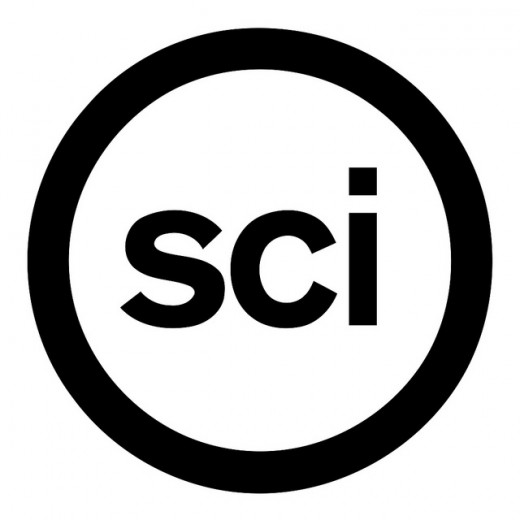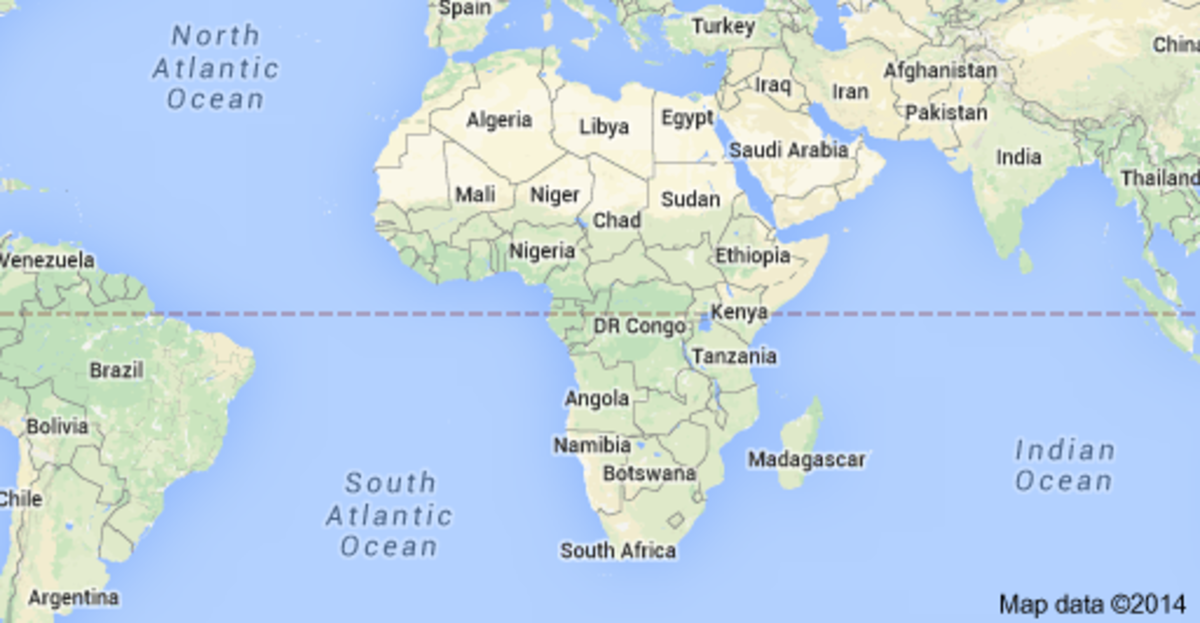Why hands-on-training in science is a fundamental requirement in school

Describe how teachers can use technology tools to support the new emphasis on hand’s-on learning in science.
First of all, the American Association for the Advancement of Science reasoned that in order to get credit for an advanced science curriculum, students needed to have an authentic learning experience. Basically, teachers must provide an hands-on-minds-on approach to teaching science enlisting actual lab work in a science lab such that students are actually doing a dissection or chemical bonding experiment along with other students. An actual science lab includes working with i.g. temperature gauges, beakers, heating apparatuses for its authenticity.
Computer simulations serve and support science technology, as well as digital equipment, information visualization tools, and other resources that relate to people’s lives; and give students motivating incentives that interests their thirst for this type of learning, further investigating phenomena, asking questions, gathering data, forming hypothesis, communicating, and receiving feedback from others to help with the interpretation of the data.
Teachers can use technology tools to support the new emphasis of on hands-on learning in science by-
A). Locating information to investigate scientific issues and questions using the Internet. The Internet has many resources teachers and students can use for teaching and learning about science. A good example of Internet usage is finding scientific information on space at NASA, finding weather information at NOAA, or finding information on art at the Exploratorium.
B). Locating information to research scientific inquiry on science, technology, engineering, or math. The NSF (National Science Foundation) is an organization who helps fund monies to science to create a digital library that has an online portal on learning in STEM (science, technology, engineering, and math) topics. The DLESE (Digital Library for Earth System Education) has teachers, students, and educators that teach and learn about Earth system at all levels (Roblyer, M. and Doering, A., (2013). Integrating Educational Technology Into Teaching. Chapter 11. Pg. 321).
C). Collecting data or archiving data is necessary for the scientific inquiry process. Technological tools such as a CBL with a probe collects the data that later can be downloaded to a computer from another site such as the Globe site, and then manipulated in a spreadsheet for analysis. Webcams or remote sensors, used as an outside source, and downloaded into a computer programming spreadsheet, functions similar such that e. g. collecting data from a “Geiger counter in Queenland, Australia, measures intense radiation over distance (Robyler & Doering, Chapter 11. Pg. 32l).
D). Visualizing data and phenomena are technological tools where students can manipulate the image and see the results. Visualization tools are good tools for teachers to integrate into the curriculum because students can use simulations such that phenomena usually too hard to see can be seen. The text gives an example of butterfly metamorphoses such that a butterfly can change from a caterpillar. Another example is such that molecular structures or cells from a computer simulation will show e. g. beginning stages of healthy or degenerative growth.
E). Teachers who integrate spreadsheets into the curriculum for analyzing data support the use of GIS that identify “land cover type images on a LandSat image (Roblyer, & Doering, 322). This system allows students to add or remove attributes when identifying land cover. A Geographical Information System can also be integrated in the classroom to identify certain types of soil, hydrology, or population growth. Once the data is downloaded into a computer, these attributes can be manipulated to see layers of images or data.
F). Teachers can support students interest and progress in science by communicating results of their works such that written or typed reports are integrated in the school’s website for other students to view, compare results, or collaborate on group projects. The Internet is a great resource for communicating using blogs, podcasts, or videos. Students provided with opportunities on certain types of assignments, to include images or pictures from video cameras, allow the opportunity of implementing recording, auditing, or creating movies for other students to view. Students can communicate to other students by email. Email is a good resource to stay in contact with other students, virtual experts to ask questions about subject matter, or for teachers who can get information concerning pedagogy materials such as lesson plans from mentors, or professional development opportunities at a university. Teachers can engage students’ interest in science by asking virtual experts to speak on topics from webcasts, video conferencing or live video broadcasts.
G). Teachers support hands on-minds-on learning in science that include online games and create science lesson plans for students. Students can answer survey questions from the Poll Everywhere (PE) website by implementing clickers from their cell phones as a student response system.
H). Teachers can support hands-on-minds-on learning in all the capacities mentioned as well as in STEM (science, technology, engineering, and math) topics. Students who wish to further their interest in science by including Robotic engineering has opportunities to create or enhance products that actually require each discipline for a finished product. A GIS/GPS camp proved robotics is obtainable as learning about engineering. The text mentions that STEM disciplines bring society some of the brightest students, necessary for politics, and political science as decision-makers in these peril economic times.
I). Teachers can support hands-on-minds-on learning in science, accessing science information and tools from a “remote online telescope to invest and experiment with space (323). NASA for space information, NOAA for weather information and updates, NIH for medicine review, and NAP for publication in science and science education, keep teachers updated and current on science information and professional development courses; it also lists new ideas and innovative technologies for integrating teaching methods each year for their students.
Roblyer, M. and Doering, A., (2013). Integrating Educational Technology Into Teaching. Chapter 11
Written by Patty Florence and edited July 5, 2010.








